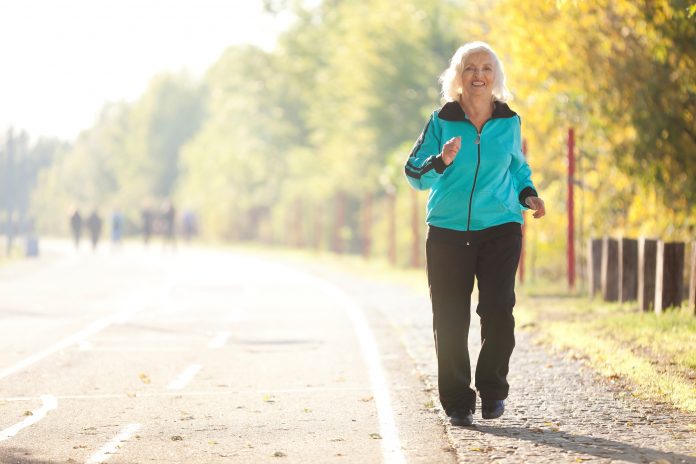Walking is good for us and as a major source of exercise for the elderly, senior pedestrian safety has to be taken into consideration. With the amount of traffic on our roadways now, the safer we can make our sidewalks and walking areas for seniors, the more they will get out and improve their health.
What are the worst dangers for senior pedestrians?
- Urban areas without sidewalks constitute a risk for all pedestrians, particularly seniors who may stray closer to traffic
- Locations without intersections or intersections with no stop signs or traffic lights. With traffic moving in all directions and no clear way to be aware of when to cross, it is easier for a senior to be hit by a car.
- Higher vehicle speeds. Many vehicles traveling at increased speeds have made it more dangerous for senior pedestrians as drivers fail to stop in time when encountering a senior who is walking more slowly than others.
- Night driving. For seniors who walk at night or in the evening, unless they wear clothing that is very noticeable to drivers, they are putting themselves at risk when crossing the street.
What can be done to ensure safety for senior pedestrians?
- For seniors who walk in non lit areas, increase your visibility at night by wearing reflective clothing and carrying a flashlight.
- Always try to cross the street at a designated crosswalk or intersection.
- Walk on a sidewalk or on the shoulder and face traffic.
- Municipalities could post areas where lower speed limits are in place to keep not only seniors but all pedestrians safe.
Many pedestrians are hit by cars each year, a high percentage of them seniors. Many of these drivers are distracted, quite often by cellphones or other electronic devices. Ensuring senior pedestrian safety can be done by following safety rules, both by the pedestrian and by the drivers. T


